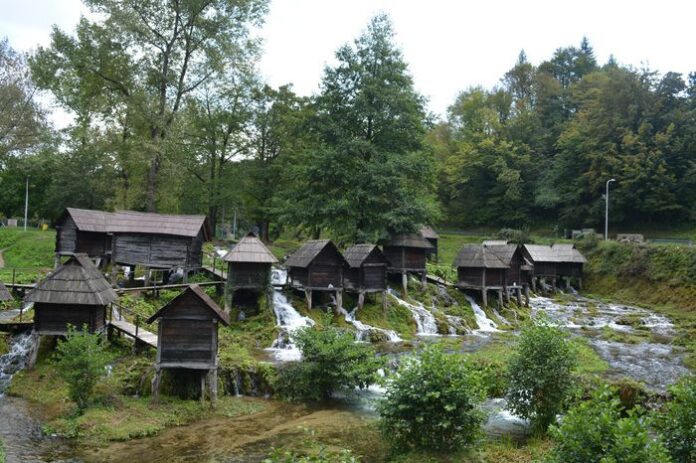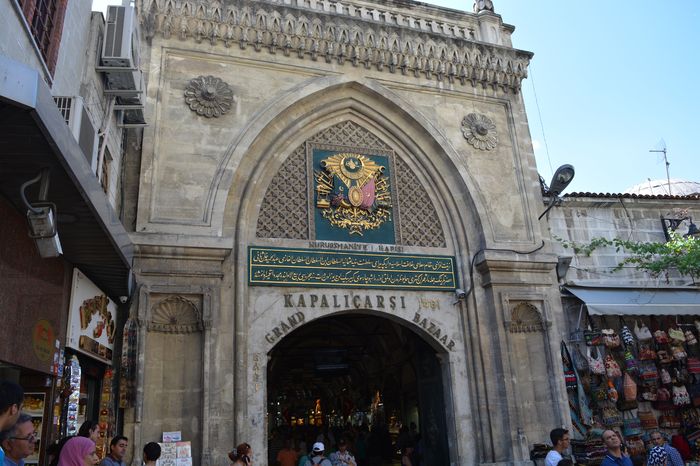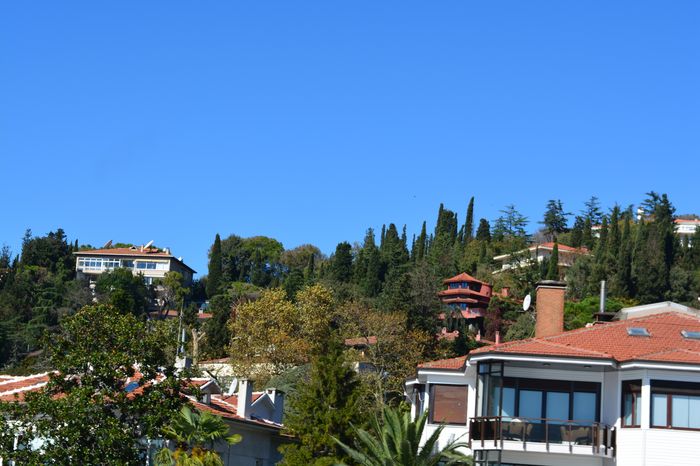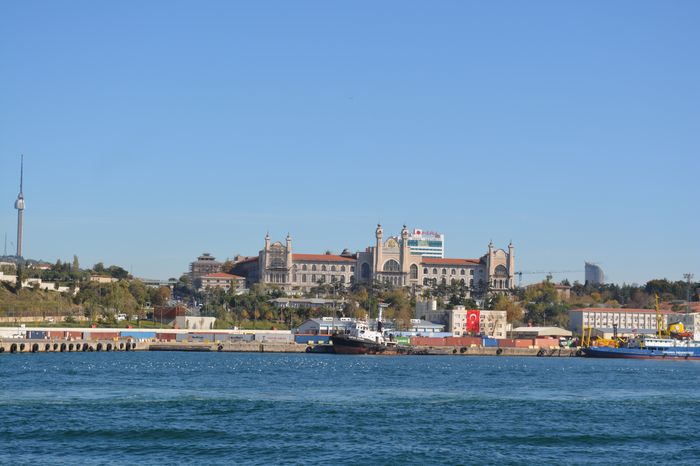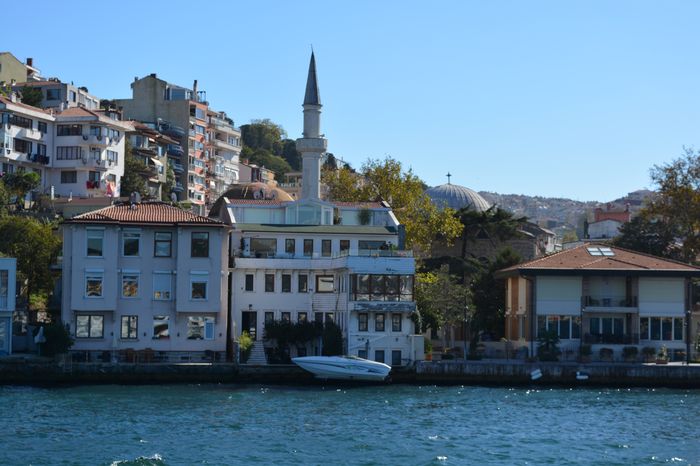The restoration of monuments has been important since ancient times. In ancient Egypt, the care and repair of monuments, along with honoring the king’s memory or cult, were part of a larger idea called “Maat.” Maat was a set of ethical principles about order, truth, and justice that people believed kept the world balanced.
Monuments in Egypt, like temples and pyramids, often faced decay and damage over time. Sometimes, they were even robbed for their valuable stones or materials. This was a serious problem, and ancient Egyptians wrote about it in many inscriptions. For example, texts like the “Teachings for Merikara” and the “Tempest Stele” of Ahmose I mention the need to protect and repair these structures Rethinking Roman Construction.
Ancient rulers took pride in their restoration work. They would often boast about fixing and rebuilding important monuments. These large-scale restoration projects were a way to show respect for the past and to strengthen their power. However, not all monuments were preserved. In some cases, monuments were deliberately dismantled or robbed for building materials. For example, at Dahshur and the pyramid of Amenemhat I in Lisht, there is evidence that parts of the structures were taken apart or reused elsewhere.
This paper looks at the two sides of monument preservation in ancient Egypt: the desire to protect and restore versus the practical or political reasons for destruction. It also explores how these actions affected how Egyptians thought about their history and past. Monuments were more than just buildings; they had deep symbolic meaning and social importance. Destroying or restoring them influenced how people remembered their kings and their own cultural identity.
The Foundations of Hittite Monumental Architecture
In the Late Bronze Age, the Hittites created unique and impressive monumental buildings. These included palaces, temples, fortifications, and other important state structures. The special style of Hittite architecture was not random—it reflected their society, culture, and environment.
This talk focuses on the foundations that shaped Hittite monumental architecture. First, it was closely connected to the social structure of the Hittite people. Their society had a clear hierarchy, and the buildings showed the power and organization of the state.
Second, the architecture was influenced by long cultural traditions that began earlier in the Bronze Age. The Hittites built on older ideas and styles, adapting them to their own needs Istanbul Shopping Tours.
Third, the Central Anatolian environment played a role. The materials available, the climate, and the landscape all affected how buildings were designed and constructed.
By looking at these social, ecological, and cultural factors together, we can understand how Hittite architecture was part of a complex system. The buildings were not just for practical use—they were symbols of the Hittite kingdom’s identity and power.
